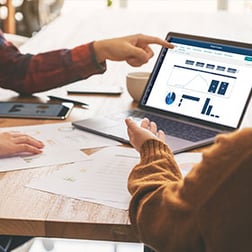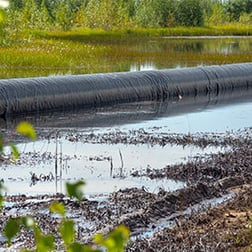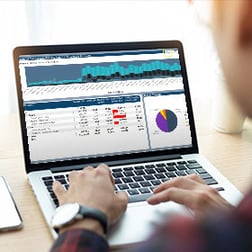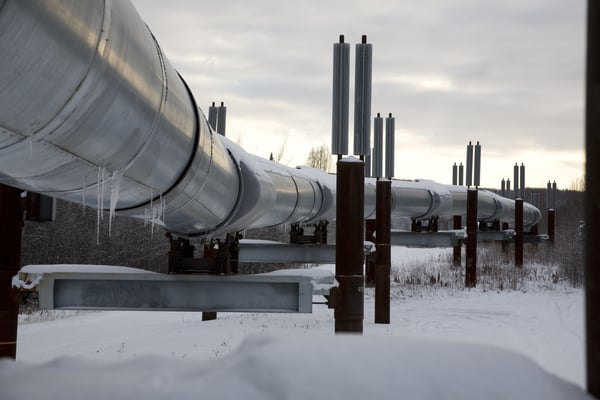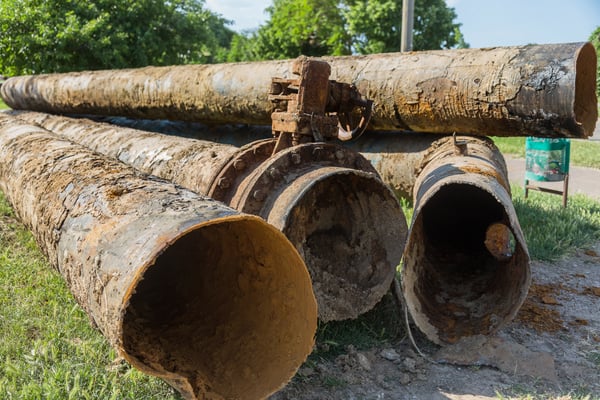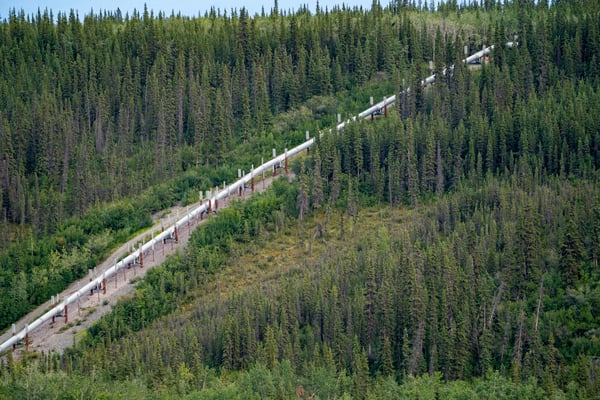One Bridge Solutions
With AI, zero failure is more than a pipe dream
Everyone in our business knows—or ought to know—about the pipeline maintenance crisis that puts billions of dollars, lives, property, and the reputation of midstream oil & gas industry at risk, leading some in the public to call it a “ticking timebomb.” Statistics indicate tens of thousands of miles of pipes decades beyond their predicted end-of-life, scattered so wide and buried so deep that just finding them on a map can be a problem.
No one is happy with this situation, but it’s not easy to solve. Pipeline integrity teams already are asked to perform miracles with the data generated from traditional inline inspection (ILI) tools, to analyze vast spreadsheets that typically represent only 5% of the data collected. What if the answers are in the other 95%? What happens when new laser scanning technology increases the volume of data exponentially, without any new tools to make sense of it all? And what happens when the senior-level experts who have been keeping everything running for decades retire to spend their days playing golf and passing time with their grandchildren?
Those are the kind of problems keeping risk managers, CFOs, and CEOs awake at night. Today’s expertise and technology is, at its very best, able to hold the line against catastrophic failures. Given the challenges ahead, is it even conceivable to imagine reducing failure risk to zero?
We think it is. Here’s why…..



